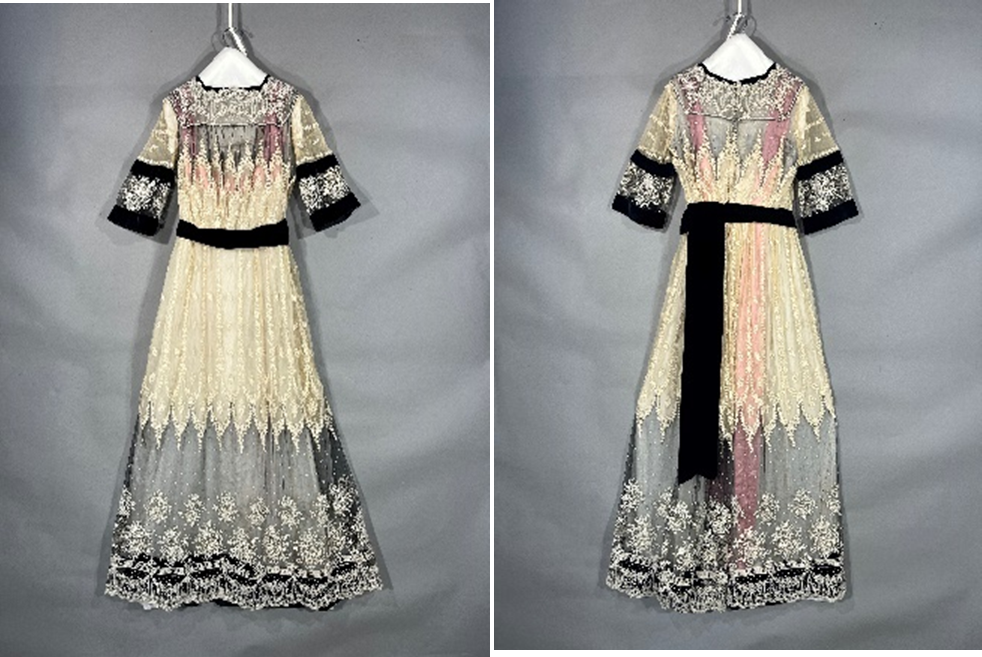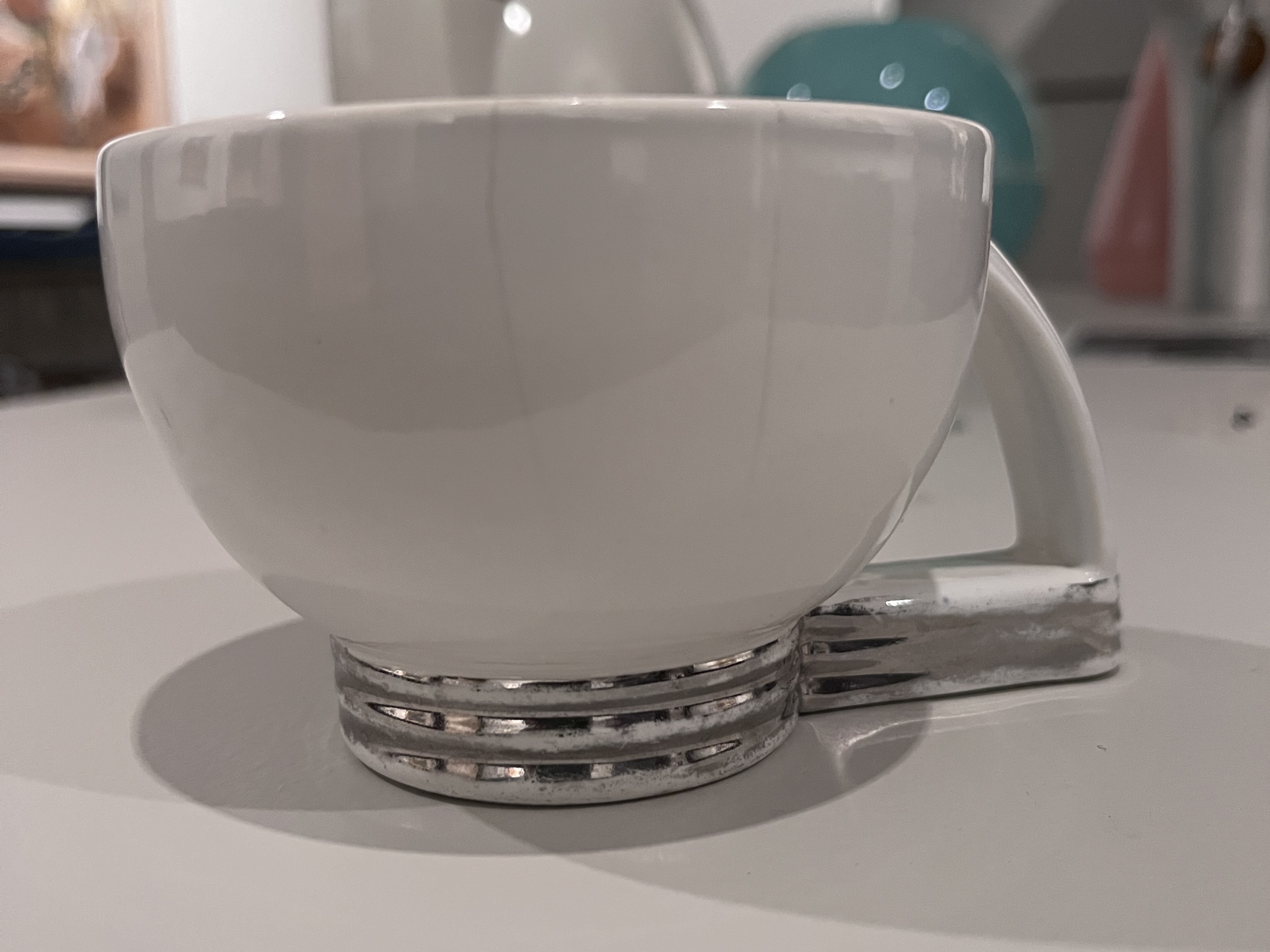- Events & Programs Home
- Calendar
- Accessibility
- Adults
-
Families & Teens
- Families & Teens Home
- 10x10 Teen Art Expo
- Art on the Rise
- Art Together: Art Making for Families with Children Ages 3–5
- Babies Sing with May Festival Minis
- Boy Scouts / Girl Scouts
- CAM Kids Day
- Family Storytime and Gallery Walk
- Family Studio: Art Making for Families with Children Ages 6–12
- Games in the Galleries
- Members-Only Baby Tours
- Public Baby Tours
- REC Reads
- Rosenthal Education Center (REC)
- Saturday Morning Art Class
- See Play Learn Kits
- Summer Camp
- Teen Fest: Zine and Comic Exchange
- RECreate
- Teachers
- Community Outreach
- Fundraisers
- Plan Your Own Event

- Events & Programs Home
- Calendar
- Accessibility
- Adults
-
Families & Teens
- Families & Teens Home
- 10x10 Teen Art Expo
- Art on the Rise
- Art Together: Art Making for Families with Children Ages 3–5
- Babies Sing with May Festival Minis
- Boy Scouts / Girl Scouts
- CAM Kids Day
- Family Storytime and Gallery Walk
- Family Studio: Art Making for Families with Children Ages 6–12
- Games in the Galleries
- Members-Only Baby Tours
- Public Baby Tours
- REC Reads
- Rosenthal Education Center (REC)
- Saturday Morning Art Class
- See Play Learn Kits
- Summer Camp
- Teen Fest: Zine and Comic Exchange
- RECreate
- Teachers
- Community Outreach
- Fundraisers
- Plan Your Own Event
Blog: CAM Uncovered
Blog: CAM Uncovered
- Home
- Plan Your Visit
- Art
-
Events & Programs
- Events & Programs Home
- Calendar
- Accessibility
- Adults
-
Families & Teens
- Families & Teens Home
- 10x10 Teen Art Expo
- Art on the Rise
- Art Together: Art Making for Families with Children Ages 3–5
- Babies Sing with May Festival Minis
- Boy Scouts / Girl Scouts
- CAM Kids Day
- Family Storytime and Gallery Walk
- Family Studio: Art Making for Families with Children Ages 6–12
- Games in the Galleries
- Members-Only Baby Tours
- Public Baby Tours
- REC Reads
- Rosenthal Education Center (REC)
- Saturday Morning Art Class
- See Play Learn Kits
- Summer Camp
- Teen Fest: Zine and Comic Exchange
- RECreate
- Teachers
- Community Outreach
- Fundraisers
- Plan Your Own Event
- Give & Join
- About
- Tickets
- Calendar
- Exhibitions
- Collections
- Blog
- Shop
Conserving Rockburne’s Folded Paper
by Cecile Mear, Conservator of Works on Paper
9/4/2025
CAMConservation , paper conservation , Weston Collection
If you visited the display of mid-twentieth century art objects from the Alice and Harris Weston bequest this past spring in Gallery 105, come back to see the latest iteration. We removed the pieces most vulnerable to light and replaced them with a new group of prints, drawings, and three-dimensional objects. Among these is a drawing by Dorothea Rockburne (Canadian, b. 1929) titled Paper Fold Piece R.P. #4 from 1973. It is an example of how the artist, beginning in the 1960s, combined mathematical theory with her artistic process. The drawing is spare, with only a few lines drawn to work with folds to create a purely geometric, three-dimensional composition. The presentation is equally spare: the drawing floats on a white background and is protected by an acrylic shadowbox frame.

The simplicity of the drawing calls for all components to be clean and unblemished. The 50-year-old acrylic cover was scratched, and one of the joins was split. The back mat and the white masking tape on the sides of the strainer were yellowed and brittle. The drawing was in generally good condition, although over the years it had yellowed and developed tiny foxing stains. It also had grime around the edges.

To prepare the drawing for display, I removed it from the back mat with a scalpel, leaving existing linen tapes on the back of the sheet. I reduced grime from the edges, taking care not to remove original smudges and the artist’s fingerprints.

The back mat is good quality alkaline rag, but because it looked dingy, I wanted to replace it with new rag mat board. I also wanted to remove the acidic brown cardboard from between the back mat and the strainer. The back mat was attached to the cardboard with thick glue, so I had to split the two boards apart with a knife. With the face of the cardboard exposed, I was able to pull out the staples attaching it to the strainer. The next step was to remove the tape and adhesive from the sides of the strainer using a scalpel and sandpaper.
Finally, I replaced all the components with new, acid-free, alkaline-buffered boards and wrapped the strainer edges with alkaline-buffered paper to recreate the appearance of the original mount.

The drawing does not lie flat, so I carefully adhered the linen tapes to the new mat, positioning the edges of the paper as they were on the original back mat. To complete the upgrade, I placed a new acrylic bonnet over the drawing.
(On the wall opposite the Paper Fold Piece is the Merce Cunningham Portfolio. Rockburne studied dance with Cunningham at Black Mountain College in North Carolina in 1950.)
We will present another selection of objects from the Weston collection beginning in October, so come again.
Related Blog Posts


Cincinnati, OH 45202
Toll Free: 1 (877) 472-4226
Museum Hours
Museum Shop
Terrace Café
Library
Cincinnati Art Museum is supported by the tens of thousands of people who give generously to the annual ArtsWave Campaign, the region's primary source for arts funding.

Free general admission to the Cincinnati Art Museum is made possible by a gift from the Rosenthal Family Foundation. Exhibition pricing may vary. Parking at the Cincinnati Art Museum is free.
Generous support for our extended Thursday hours is provided by Art Bridges Foundation’s Access for All program.

General operating support provided by:




